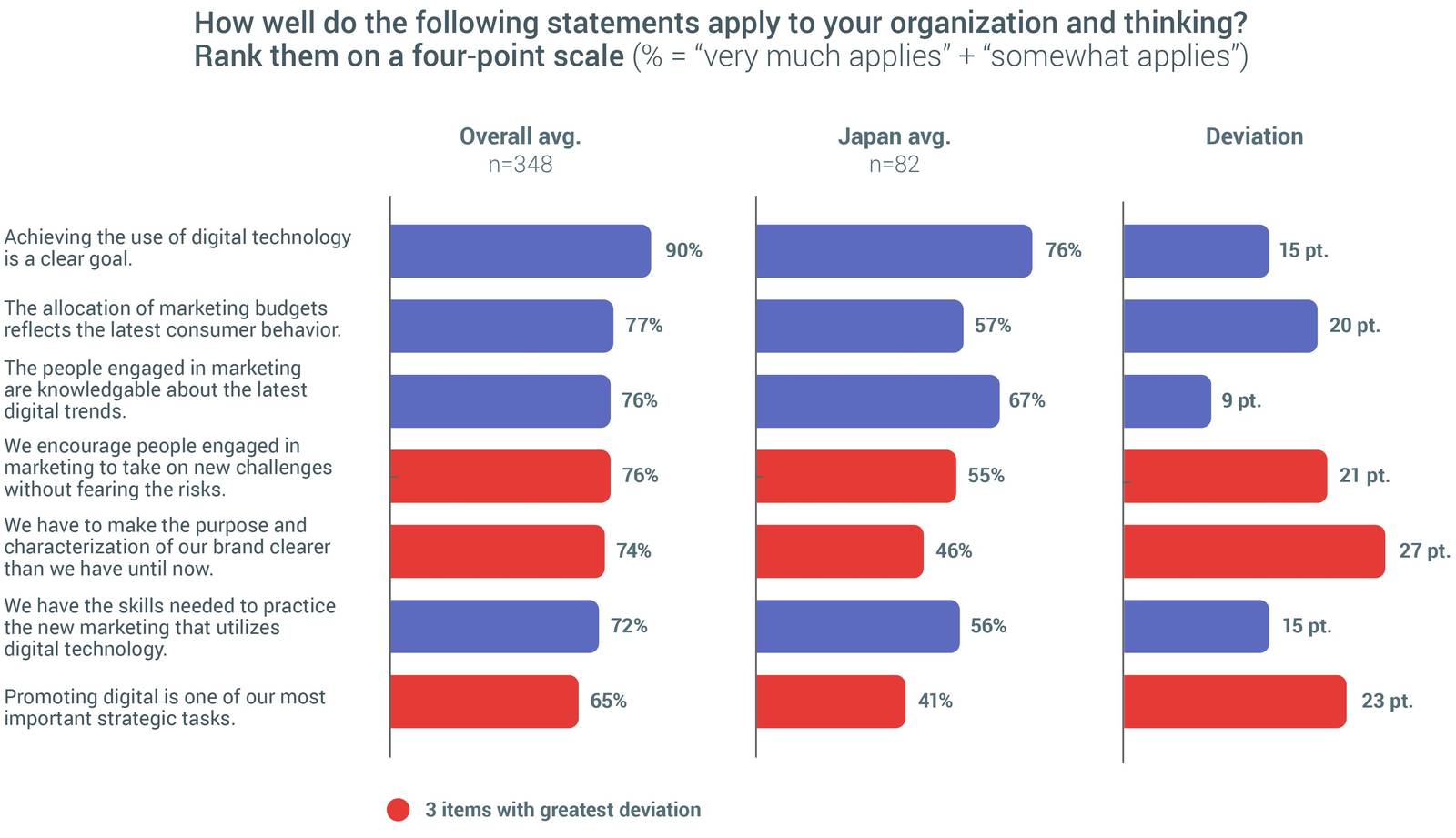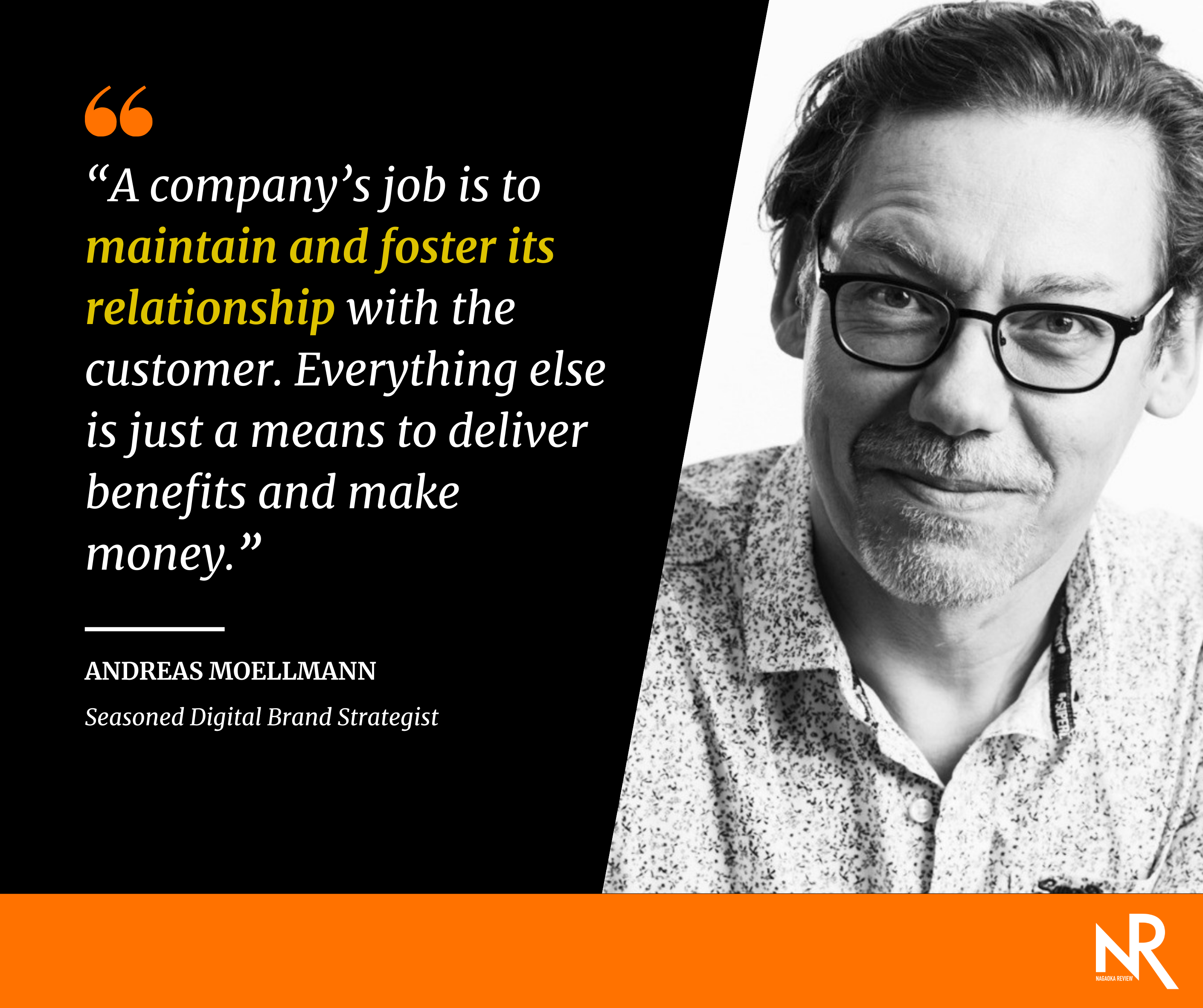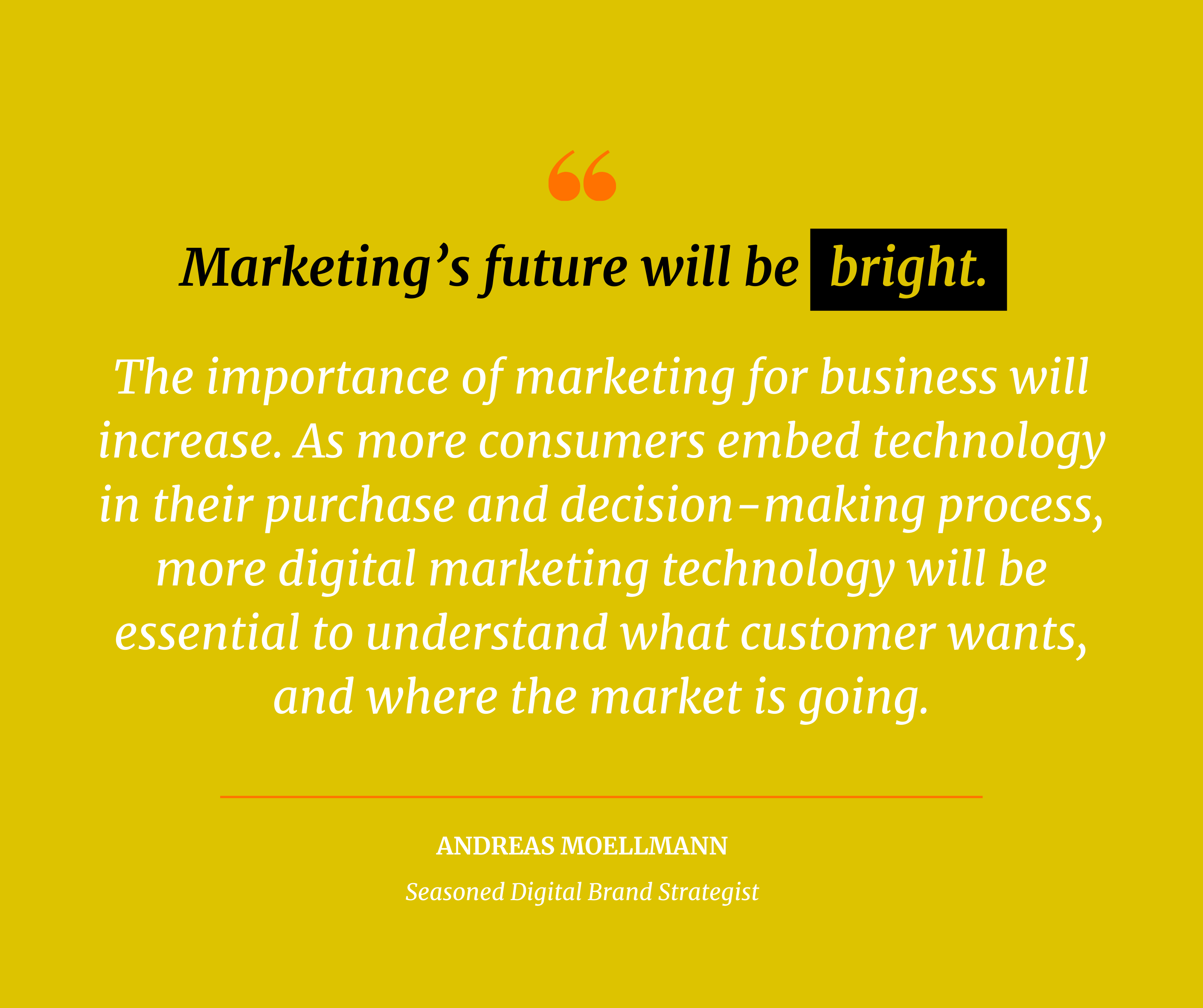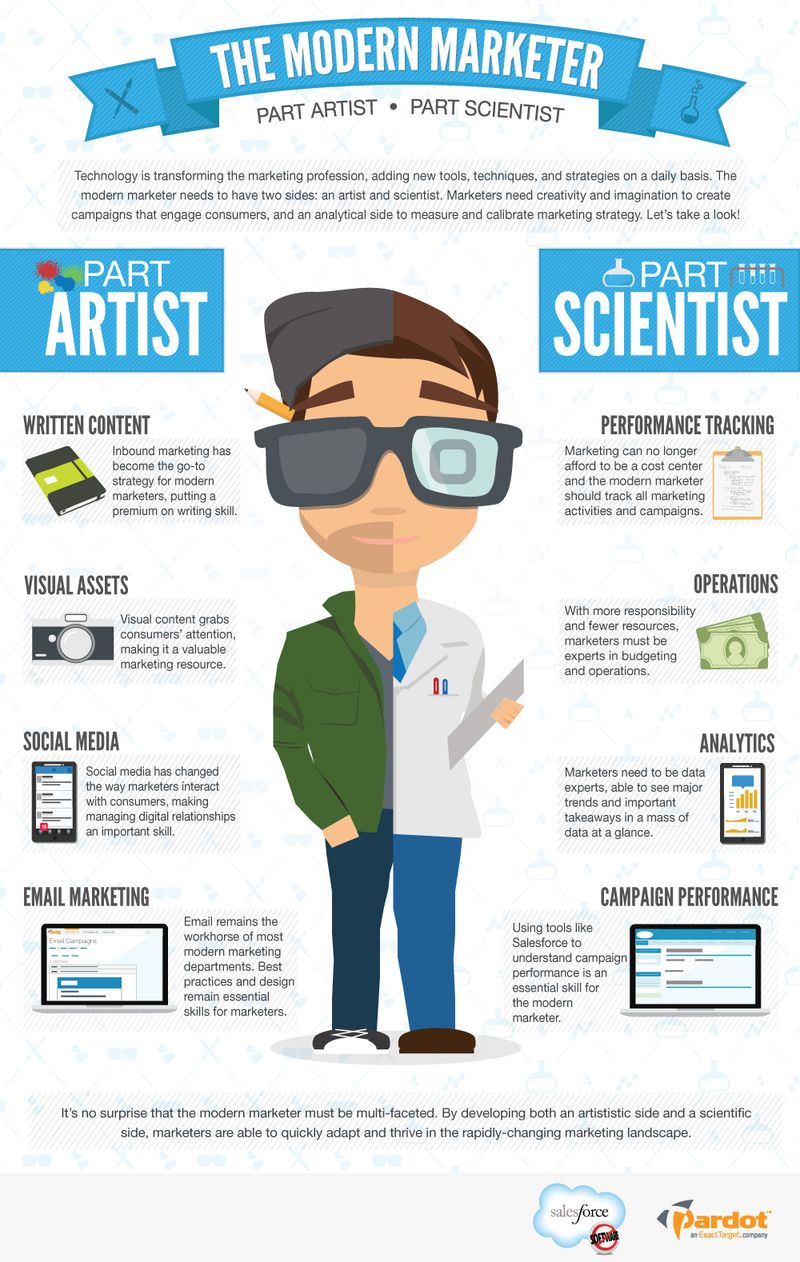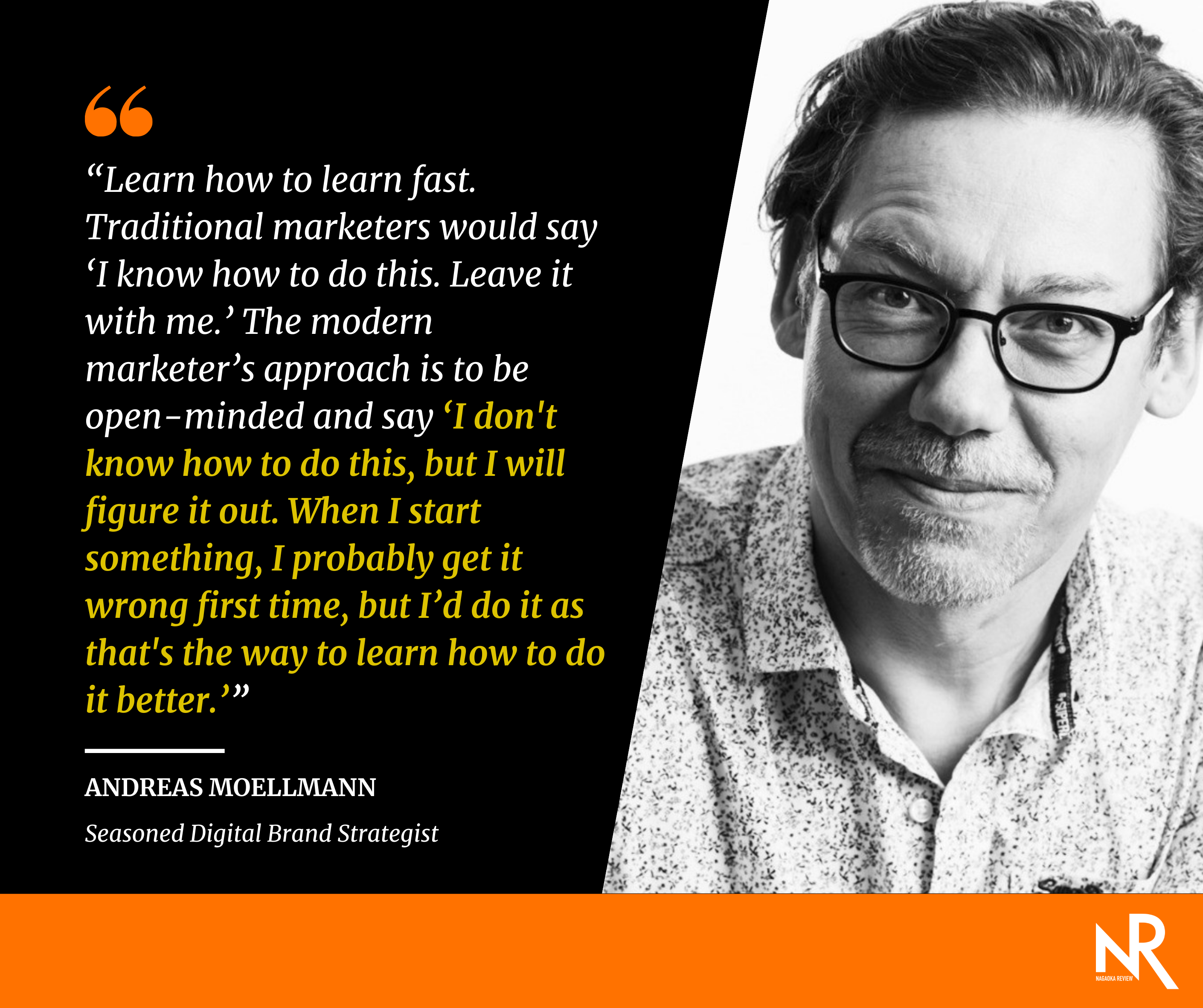Today’s consumers inhabit a world where information is readily available and easily accessible. Thanks to a variety of online platforms, users are now able to join and form diverse communities of interest, navigate choices, and beta test alternatives. In doing so, people become quickly familiar with these tools, forming first impressions and opinions fast (as quick as about 50 milliseconds) that can both be favorable and hurtful to a brand.
Currently, it is estimated that more than 5 billion people are online today globally.
And as the COVID-19 crisis continues, it’s increasingly clear that digital has become an indispensable tool in our everyday lives.
How should organizations shape their business to respond to an ever-growing and changing digital world? With the current scale, scope, and speed, how can companies respond and innovate? What is the role of marketing in the future, which capabilities are essential, and which processes are needed to unlock value from tomorrow’s digital users?
I reached out to Andreas Moellmann, a seasoned digital brand strategist with 25 years of experience at global agencies such as BBDO, DDB, Saatchi & Saatchi in Amsterdam, Berlin, London, Shanghai, and Hong Kong to find answers for these questions.
Creating a Holistic Digital Experience
“I think the difference for digital marketing is that it is much more integrated with everything else. In digital, everything merges and converges, that’s where the value lies. What is sales? What is social? What is CRM? What is content? What is brand? What is product? In the digital world, all of these merge and converge—which I think is generally a very good thing,” Andreas begins.
“Successful digital platforms are designed to function smoothly and integrate seamlessly, so customers have become accustomed to getting things done quickly. As a result, they expect every brand to provide them with a holistic, effortless experience.”
Today’s customers engage with a brand through a variety of touchpoints. The challenge for organizations is to design an integrated and consistent customer engagement strategy. This way repeated interactions will help strengthen the brand experience.
“Customers either like what you offer them, or they don’t. They don’t separate your brand from the channel that you use to communicate with them. If you’re in social media, you cannot think like, you’re not responsible for customer service and vice versa because customers can respond, react, or engage with both channels.”
“When people have a dissatifying experience in one channel, they can easily walk away from all other channels. From a customer perspective, it is one holistic experience. And companies need to catch up on how they provide this one holistic experience.”
“The marketing disciplines in these companies often work in isolation. They exist to fulfill their own objectives. But whether those objectives compliment other department’s objectives to deliver one holistic experience – that’s rarely the case, at least in the companies I have worked with.”
Digital Marketing in Japan
“When it comes to digital, I think Japan is about four or five years behind the global market. But when it comes to marketing in general, Japan is about 20 years behind,” Andreas says.
“20-30 years ago, marketing’s main function was to sell stuff. Product development develops something, someone thinks it is a good idea, then they go to marketing and say, sell this product. Marketing was at the receiving end.”
A survey showing how executives approach brand marketing in Japan compared with the rest of the region. Image Source: Think with Google
“Even then marketing missed a trick. Marketing should have been involved in the beginning of the development, and providing their understanding of what consumers want.”
“Because marketing, in particular consumer research, can help companies to understand what people enjoy, the problems and pain points they have, what is acceptable and what not, what they are happy with, etc. Because marketing has always been about insight generation and relationship building, marketing could have informed the business tremendously. But it was seen as the group that sells stuff within the organisation.”
“The concept of marketing as a tool to lead business, to understand what the customer wants and to let the customer participate in product development, has evolved dramatically through digital. It has blurred the boundary of what is marketing, what is product development, and what is customer service. All of this can now be integrated through technology. The problem is that companies are not geared up to do so because their own organizational structure goes counter to it,” he explains.
In business, an organizational structure is created to connect the activities that occur within an organization, address the needs, and delve into any complexity that may occur while attaining business objectives. To Andreas, however, it’s this rigidity coupled with lack of agility to respond to organizational changes that make Japanese companies fall behind the shifting forces in the digital world.
“What made Japan great in the past was cutting processes into little steps and improving those steps: kaizen. Yet today’s disruptively digital world needs exactly the opposite,” Andreas asserts.
“When I want to innovate, I don’t care about kaizen. I want to do something completely different. Let’s not optimize step #3, let’s get rid of steps #2 to #36. What happens then?”
“This mental flexibility is the biggest challenge for Japan – not just for Japan’s business, but for Japan’s society as a whole.”
The Changing Face of Marketing
“Brand- and marketing-focused organizations have always acted differently. Look at Nike today; they don’t have factories anymore. They outsource everything except marketing.”
“For Nike, marketing is the value they’re providing. Marketing keeps the relationship with Nike’s customers. Marketing delivers things that customers love, and that’s why they come back to Nike.”
“It’s really the relationship and the experience that customers are looking for. Digital made this much more apparent. Through digital, organizations can be up to date of what people are really interested in, personalize their interactions better than ever before and through that foster and maintain these relationships.This is the biggest change digital marketing brought into the equation.”
“I think most businesses are slowly seeing marketing from that point of view. They realize they have to engage in e-commerce. And through it, they learn that marketing can provide more than just sales. They learn if they don’t engage in e-commerce, their business model will not work anymore.”
“The gaps between what marketing can do and the role it can play in business has been brought up by the apparent boom of e-commerce due to COVID. If COVID would not have that happened, this process would have been much slower.”
“Marketing isn’t just making pretty pictures and convincing people to buy something. Marketing exists to manage the market, that’s where the expression comes from. Managing the market today means taking on a customer centric point of view.
“Marketing’s future will be bright. The importance of marketing for business will increase. As more consumers embed technology in their purchase and decision-making process, digital marketing technology will be ever more essential to understand what customer wants, and where the market is going.”
“In the 80s and 90s, IT people had access to digital information and data. But the Internet and particularly e-commerce has become part of marketing. I think more such movements towards marketing will happen in the future. Marketing will expand its meaning within the organization.”
The Modern Marketer
“With this in mind, the modern marketer should combine contrary functions. On one hand, a creative mind to assess art and creativity and, generate insights into people and their behaviour. On the other hand, a scientific mind, highly analytical and skilled in dealing with data, understands technology, and objective-driven. The modern marketer manages to combine creativity with science. This profile will be difficult to find as people usually possess either a creative or an analytical mind. Yet both mindsets are needed to draw conclusions through one’s analytical side and interpreting them through one’s human side.”
The Modern Marketer combines creativity and science. Image Source: Social Media Today
Advice to Students
If that’s how a modern marketer looks like, what are three actionable items / advice for students who might be interested in this field?
“Learn how to learn fast. Traditional marketers would say ‘I know how to do this. Leave it with me.’ The modern marketer’s approach is to be open-minded and say ‘I don’t know how to do this, but I will figure it out. When I start something, I probably get it wrong first time, but I’d do it as that’s the way to learn how to do it better.’ ”
“Because the approach with digital is you constantly have to learn; you have to figure it out as you go.”
“If I know something, of course, then we can start there. But honestly, technology moves so fast so what I knew today might be wrong tomorrow because it’s already superseded by a new technology or a changing behavior.”
“Learn ways and techniques on how to figure things out. Explore tools and methodologies like design thinking, for example, as an approach on how to develop something, which basically is a process of managing failure until you reach success.”
“And do not forget that your success, while it depends on you and your skillsets, also depends on your luck. That means being at the right time at the right place with the right connections. That’s difficult to force in my point of view. But what you can do is to increase your statistical chances of being lucky. Try out more things, know more people, be open-minded, explore more.”
The Future of Marketing
“I believe there is a shift in what people are looking for today. After this pandemic, we will come out as a different kind of society. I can’t recall a time when there was so much awareness about the climate or the environment. It’s a growing concern for the human race, not just Gen Z. If you think about it, everything we do, everything we consume comes from this planet, comes from nature. And if we don’t find the balance on how we live together with this planet then at some point, what we consume will not regenerate.”
“I think the answer needs to come from business. It’s businesses that make these things. They have to live up to their responsibilities towards society. Social values and social conscience for businesses will continue to increase in importance.”
“There’s a dramatic shift happening right now. More and more marketing people say, I can provide my services, but I provide them with a conscience because that’s the contract that we have to agree upon — that we do business with integrity. Marketing will have much more integrity in the future because it will be run by people who have a conscience and integrity.”
“If you look at Patagonia, it has a program where it buys back Patagonia products, refurbishes them and sell them again. So on the Patagonia website, you can buy products that have been recreated with bits and pieces of Patagonia clothing. They are as expensive as the original thing, because they have been recreated, washed and cleaned, cut into pieces, put together in a new way — and people are willing to pay the price.”
Patagonia’s “Don’t Buy This Jacket” campaign. Image Source: Medium
“You may ask why you should buy a product made from second-hand material for the price of a new one. Why would you want to do that? Wouldn’t you just pay 1/10th of it because that’s what it’s worth?
“There will be more products that don’t come with convenience. They are not going to be super shiny, super new, super convenient, or super everything. They exist as an expression of how this world should be. These products have authenticity and integrity. And that’s why people buy it. That’s where I see marketing evolving. And that’s how marketing will finally save the world: by making stuff people want instead of making people want stuff,” Andreas concludes.
Main image Source: Inhabitat



